Every era of American transportation has been marked by groundbreaking innovations. From bridges that stretched farther than thought possible to highways that reshaped mobility, engineers have always found ways to overcome obstacles with creativity and determination. By looking back at historic U.S. transportation projects, we see how these innovations paved the way for modern solutions and continue to inspire the work we do at CKL Engineers.
The Transcontinental Railroad (1860s)
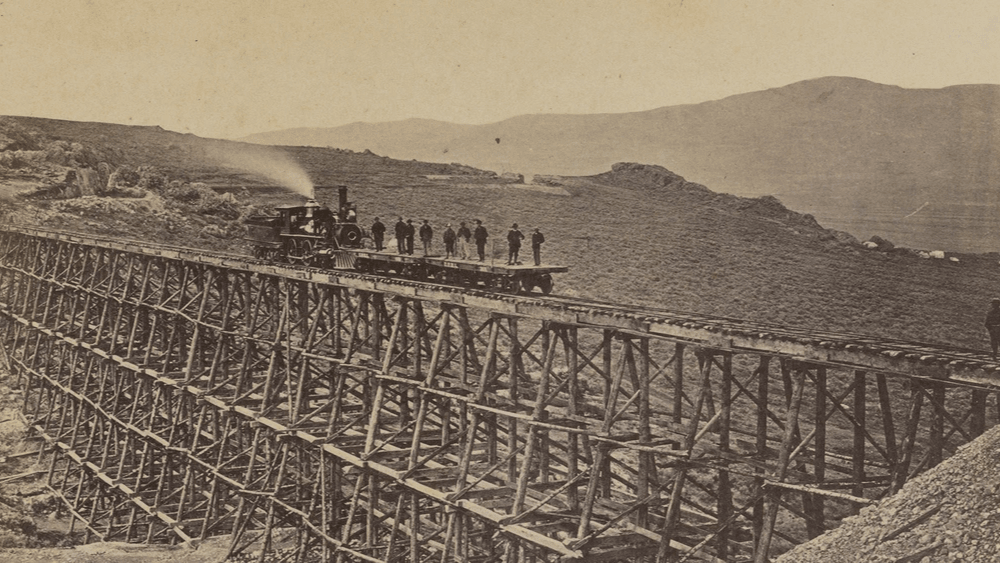
The completion of the Transcontinental Railroad in 1869 was an engineering triumph that connected the East and West coasts. Techniques such as blasting through mountains with newly developed nitroglycerin explosives and spanning vast plains with timber trestle bridges were groundbreaking for their time.
It demonstrated how transportation innovation could unify the nation, setting a precedent for future megaprojects.
Brooklyn Bridge (1883)

The Brooklyn Bridge was the first steel-wire suspension bridge, using pneumatic caissons to sink foundations deep into the East River, an unprecedented technique at the time.
It became a model for long-span bridge design worldwide and introduced engineering methods still referenced today.
Panama Canal (1914)
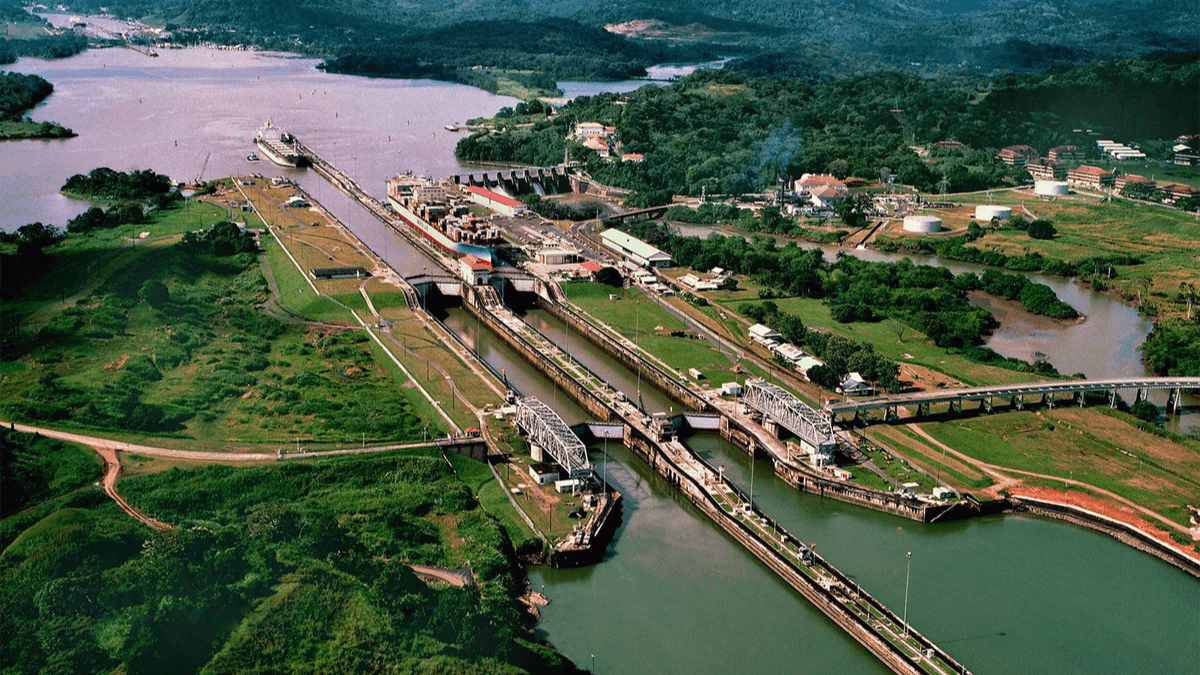
Though technically outside the continental U.S., the Panama Canal was an American-led project that revolutionized global trade. Innovations included massive lock systems, excavation techniques, and one of the earliest large-scale uses of reinforced concrete.
It showcased America’s engineering leadership and the importance of water management in transportation projects.
Hoover Dam + U.S. 93 Integration (1936/2010)
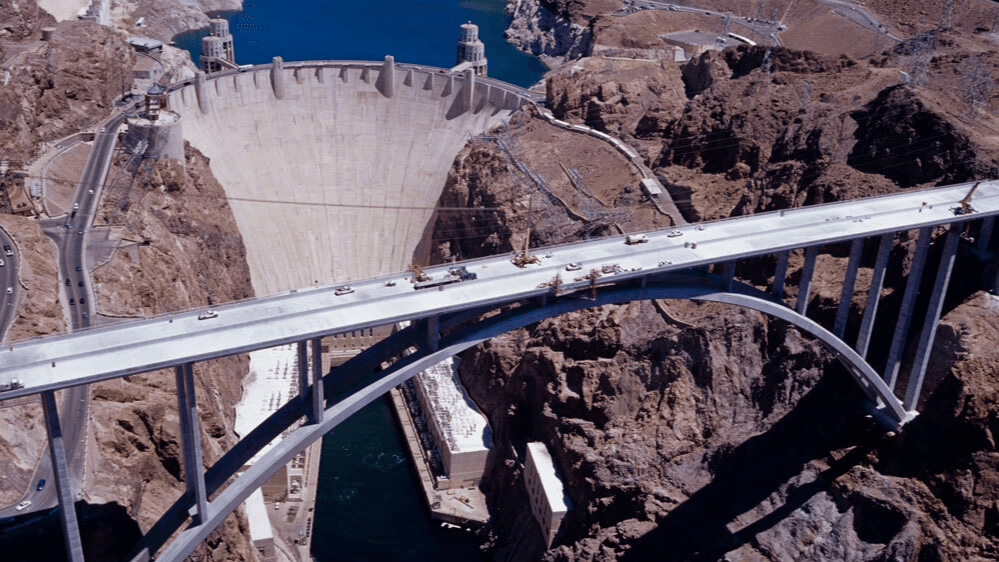
The Hoover Dam not only controlled the Colorado River but also integrated highway systems across its crest, connecting Nevada and Arizona. Innovative use of diversion tunnels and concrete cooling pipes allowed such a massive project to succeed.
It combined water management, energy generation, and transportation in one multipurpose mega-structure.
7 decades later, the massive Mike O'Callaghan-Pat Tillman Memorial Bridge was built over the Colorado River, just downstream from the dam, to divert U.S. 93 and its traffic from atop of the dam.
The Interstate Highway System (1950s-1980s)
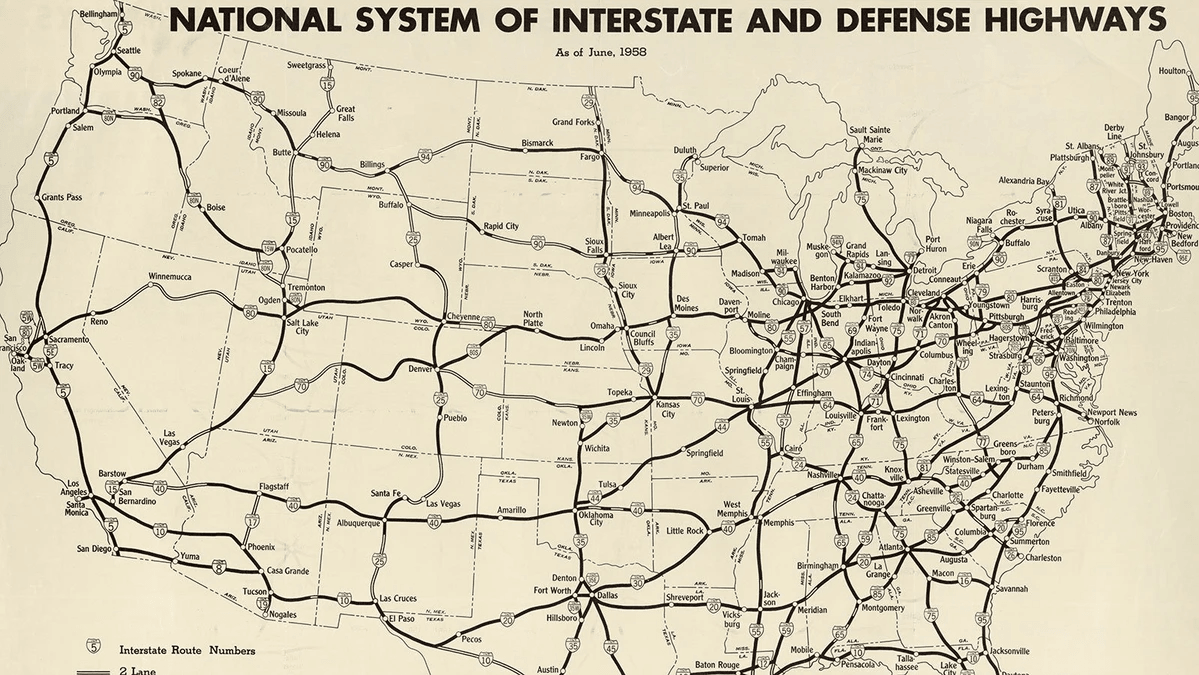
Perhaps the most influential transportation program in U.S. history, the Interstate Highway System used innovations in large-scale grading, asphalt paving, and cloverleaf interchange design.
It transformed mobility, commerce, and regional development, influencing how we design and manage roadways to this day.
Big Dig, Boston (1991-2006)
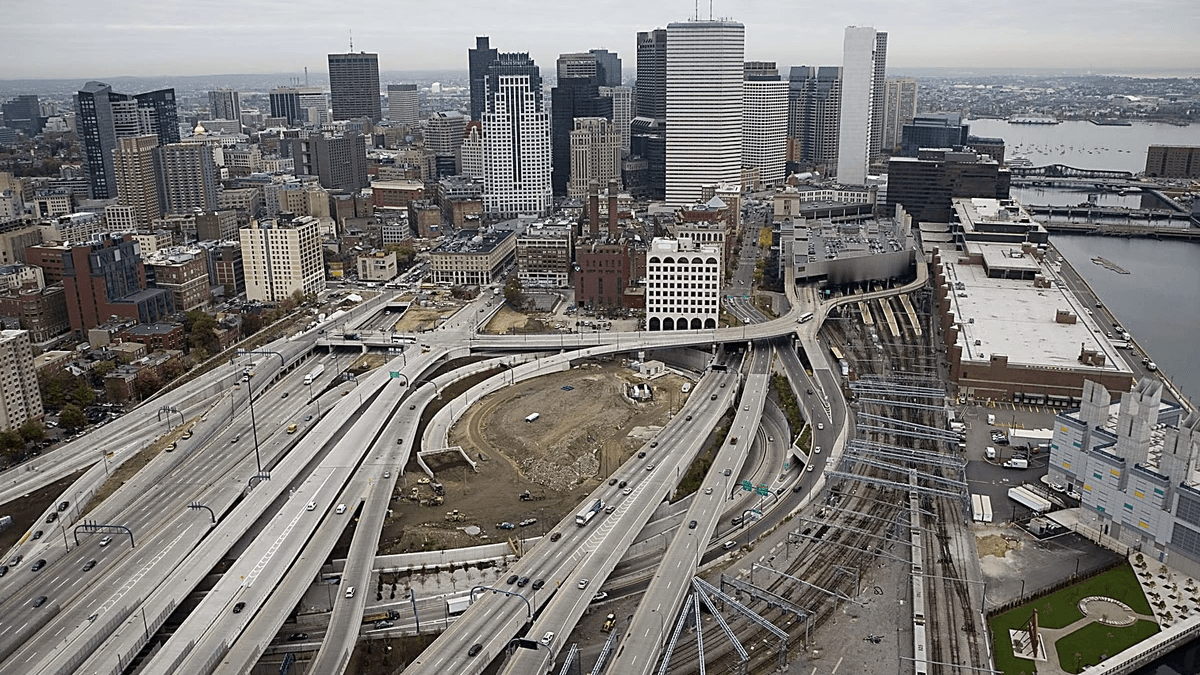
The Central Artery/Tunnel Project (“Big Dig”) in Boston was one of the most complex urban infrastructure projects in U.S. history. It introduced slurry wall techniques, advanced tunneling methods, and innovative ventilation systems for underground highways.
It showed how engineering adapts to modern urban challenges: building under a dense, historic city while keeping it functional.
Final Thoughts
From railroads and bridges to highways and tunnels, historic U.S. transportation projects reveal the power of innovation to connect people and transform communities. Each era’s challenges gave rise to new techniques that shaped the profession of civil engineering.
At CKL Engineers, we carry forward that same spirit, applying lessons from history to modern projects in Illinois, Georgia, and beyond. Whether it’s designing safer roadways, stronger bridges, or better drainage systems, innovation remains the key to building infrastructure that lasts.
